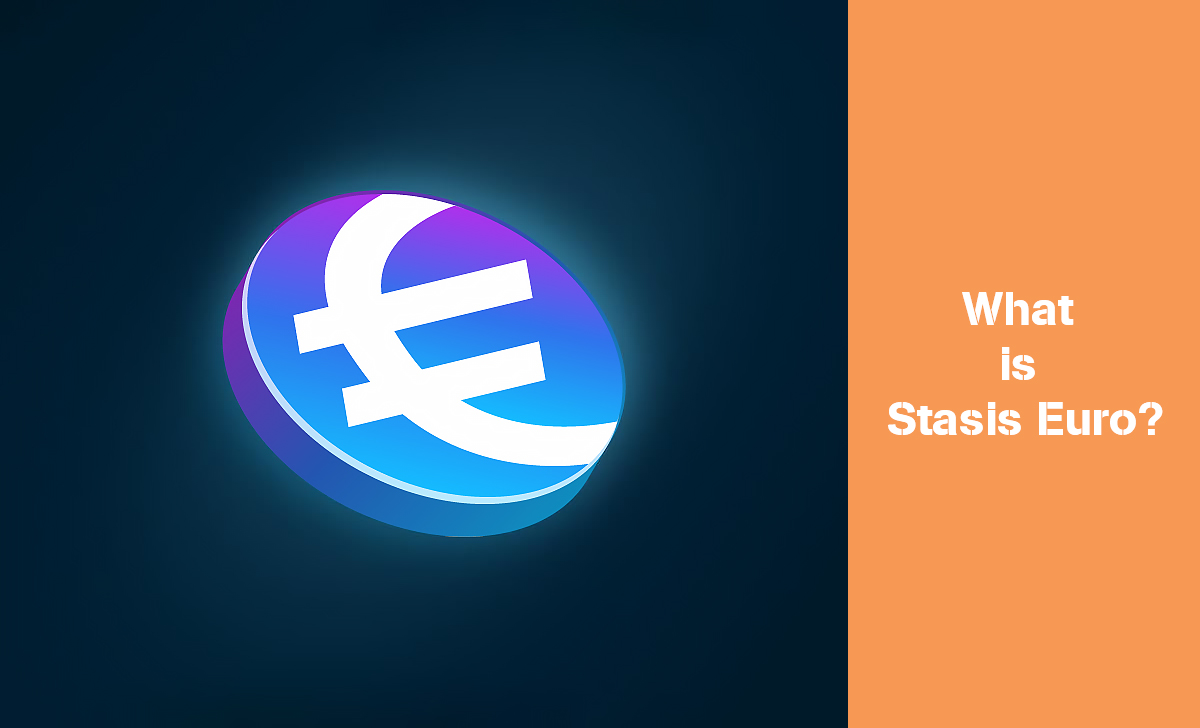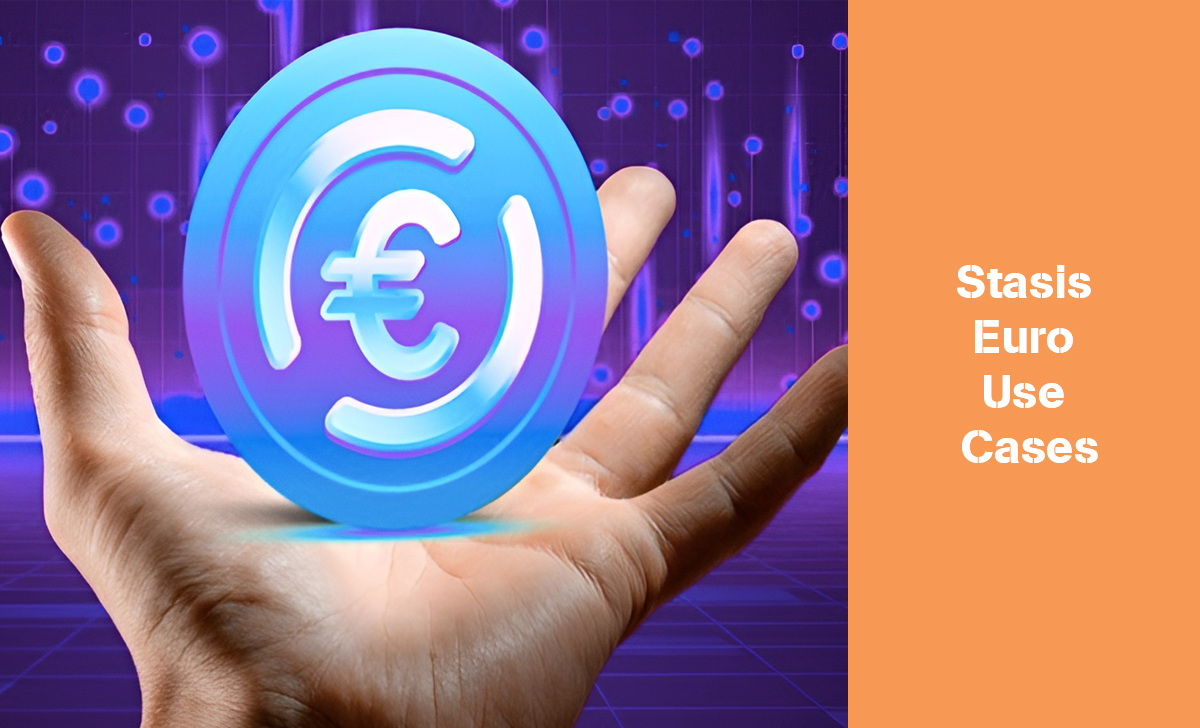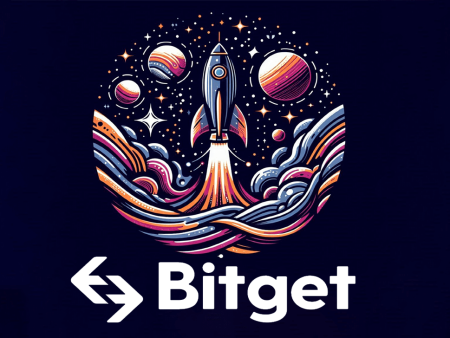Are you looking for a comprehensive solution to manage and optimize your system? Stasis Euro, with its smart design and intuitive interface, could be the answer you are looking for.
Do you want to learn more interesting information about Stasis Euro? If so, please stay tuned for upcoming content from AZcoin.
What is Stasis Euro?

Stasis Euro (EURS) is a stablecoin, a type of cryptocurrency designed to maintain a stable value relative to a traditional currency. In this case, EURS is pegged to the Euro. This means that one EURS token is equivalent to one Euro.
The value of EURS is tied to the Euro, making it a more stable and predictable investment option than volatile cryptocurrencies like Bitcoin. Stasis holds public Euro reserves, ensuring that the token is fully backed by the underlying currency.
Transactions with EURS are often faster and cheaper than traditional banking methods. EURS is tradable on many cryptocurrency exchanges, making it suitable for many investors.
Advantages and Disadvantages of Stasis Euro

The Stasis Euro is a hypothetical currency and does not currently exist. Its advantages and disadvantages are speculative and based on the concept of a stablecoin pegged to the Euro.
Advantages
- Price Stability: As a stablecoin, the Stasis Euro would be designed to maintain a consistent value relative to the Euro. This could provide investors and consumers with a more predictable and stable financial environment.
- Reduced Volatility: By minimizing price fluctuations, the Stasis Euro could potentially reduce the risk of financial losses associated with currency volatility.
- Cross-Border Transactions: A stablecoin like the Stasis Euro could facilitate more efficient and cost-effective cross-border transactions, as it would be less susceptible to currency exchange rate fluctuations.
- Digital Payments: The Stasis Euro could be integrated into digital payment systems, potentially offering faster and more convenient payment options.
- Potential for Decentralization: If the Stasis Euro were to be implemented on a decentralized blockchain, it could potentially offer increased transparency, security, and resistance to censorship.
Disadvantages
- Centralization: If the Stasis Euro were to be controlled by a centralized entity, it could be vulnerable to manipulation or failure.
- Regulatory Risks: The development and use of stablecoins are subject to evolving regulatory frameworks. Changes in regulations could impact the viability and functionality of the Stasis Euro.
- Technological Risks: The underlying technology used to support the Stasis Euro, such as blockchain, could be subject to technical challenges or security vulnerabilities.
- Market Adoption: The success of the Stasis Euro would depend on its widespread adoption by businesses, consumers, and financial institutions.
- Competition: There are already other stablecoins in existence, and the Stasis Euro would face competition from these and potentially future rivals.
Basic information about Stasis Euro

Stasis Euro is a stablecoin pegged to the Euro. It aims to provide a digital asset that is stable, transparent, and backed by real-world assets.
Specifications
- Pegged to: Euro
- Blockchain: Ethereum (initially), with plans to expand to other blockchains
- Backing Assets: A reserve of Euro-denominated assets, including government bonds and deposits
- Transparency: Regular audits and disclosures of reserve holdings
Token Allocation
Stasis Euro tokens are primarily issued to users who deposit Euro-denominated assets into the Stasis protocol. The protocol then issues an equivalent amount of Stasis Euro tokens to the depositor.
Stasis Euro Use Cases

- Payments: Stasis Euro can be used for peer-to-peer payments and transactions within the cryptocurrency ecosystem.
- Trading: Traders can use Stasis Euro as a stable asset for trading other cryptocurrencies.
- Decentralized Finance (DeFi): Stasis Euro can be used as collateral for borrowing or lending in DeFi protocols.
How to Own Stasis Euro
- Purchase on a Cryptocurrency Exchange: Many popular cryptocurrency exchanges offer Stasis Euro trading pairs. You can purchase Stasis Euro using other cryptocurrencies or fiat currencies.
- Deposit Euros into the Stasis Protocol: If you have Euro-denominated assets, you can deposit them directly into the Stasis protocol to receive Stasis Euro tokens.
Conclusion
Finally, we have come to the end and here is all the Stasis Euro content that we were able to compile and share with you. Thank you for taking the time to follow and see you again in new content at AZcoin.

I am Tony Vu, living in California, USA. I am currently the co-founder of AZCoin company, with many years of experience in the cryptocurrency market, I hope to bring you useful information and knowledge about virtual currency investment.
Email: [email protected]











